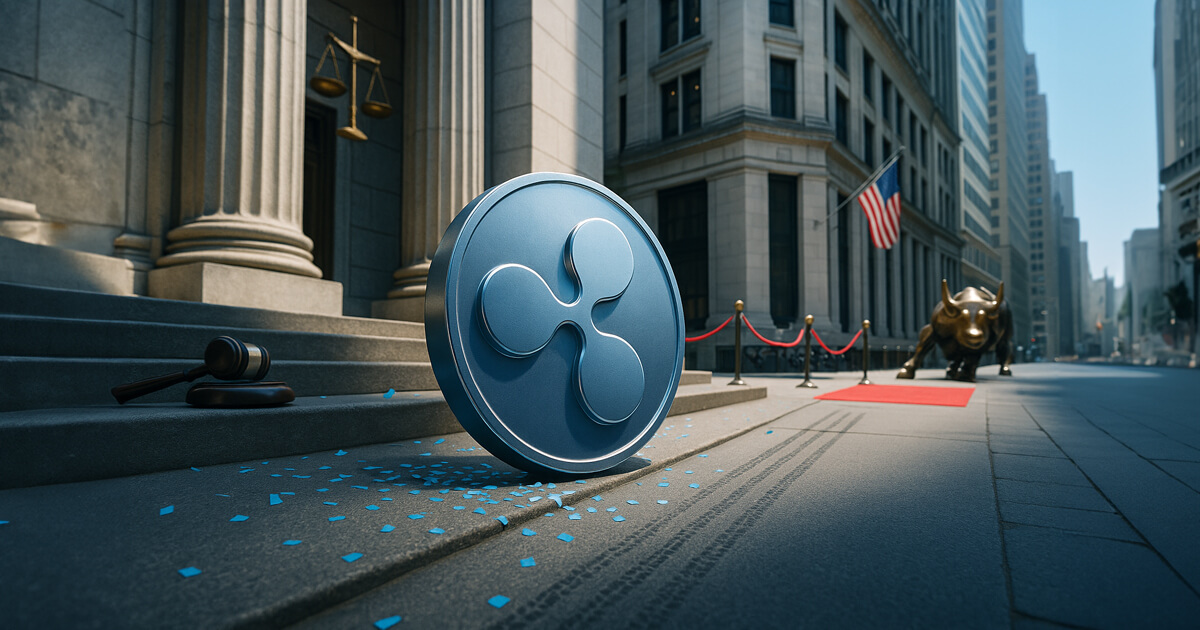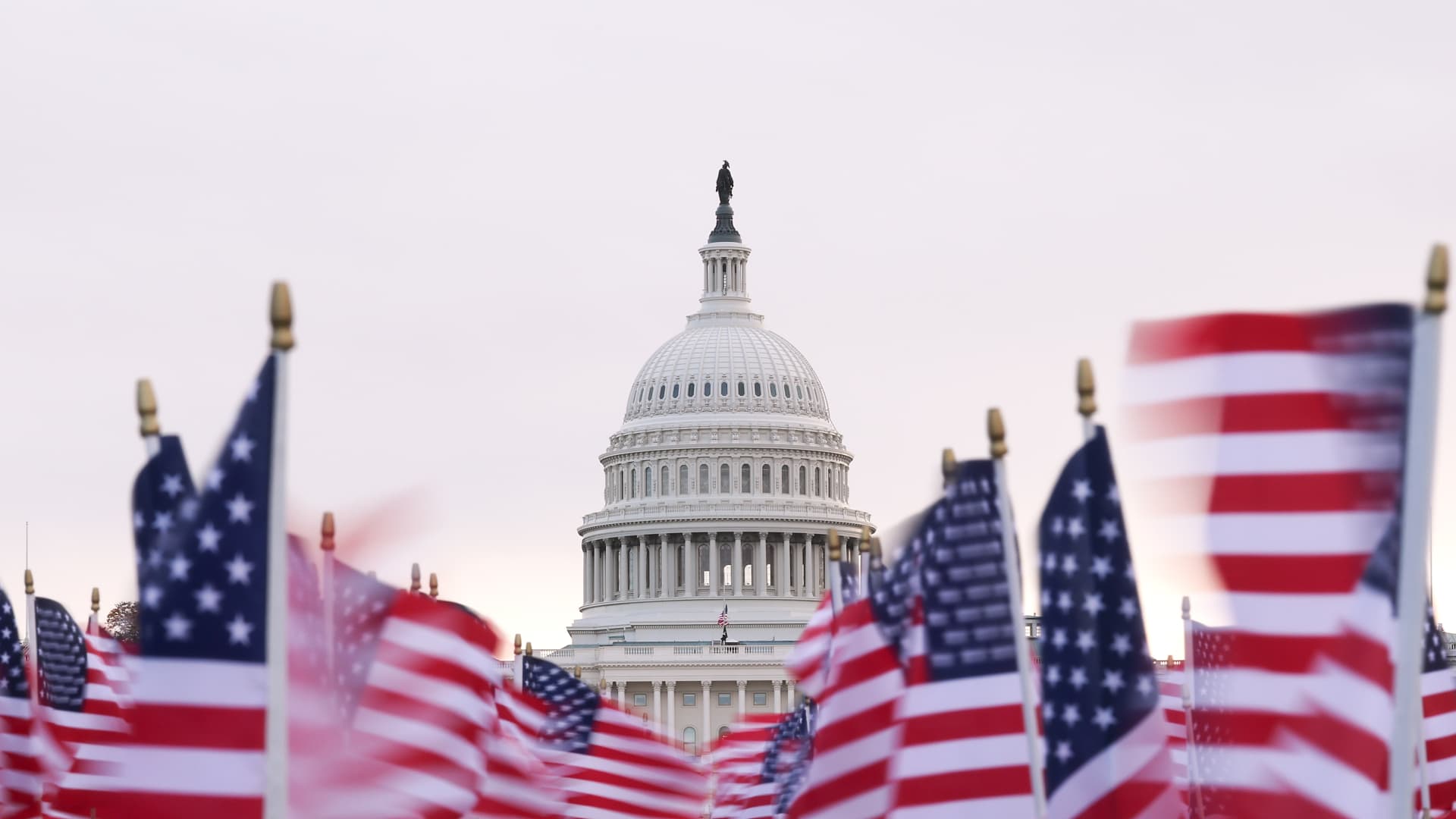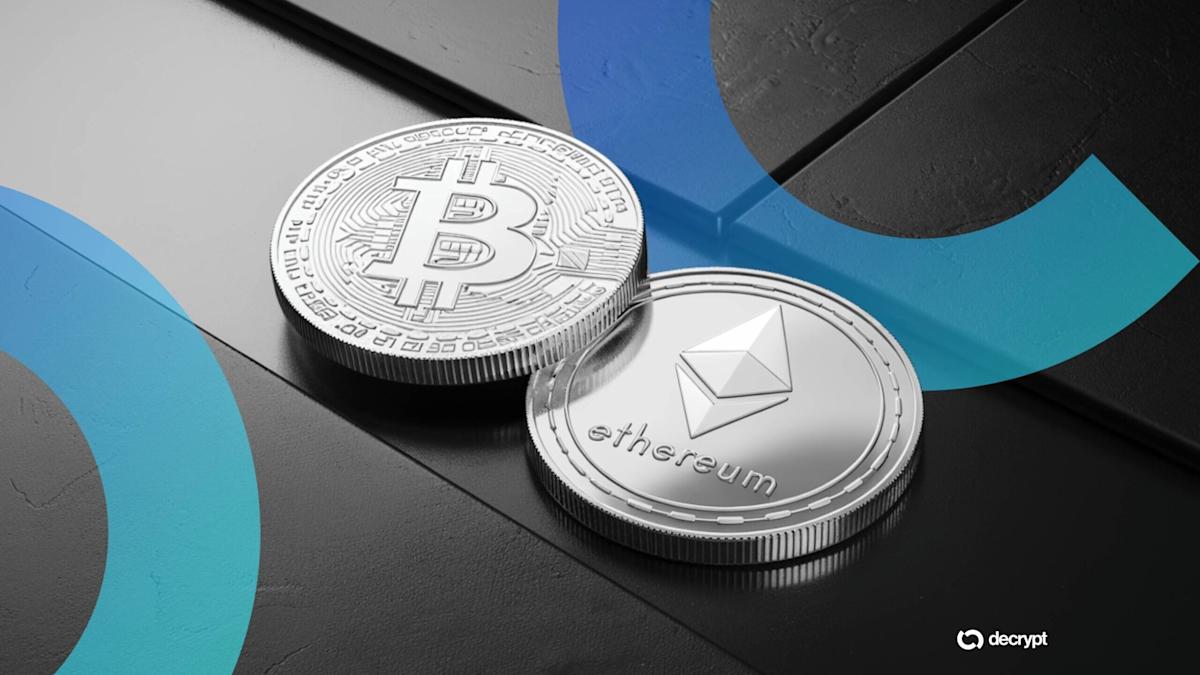In August 2025, Ripple Labs officially ended its years-long battle with the Securities and Exchange Commission (SEC).
The company paid a $125 million civil penalty, agreed to an injunction on certain institutional sales of XRP, and walked away with something more valuable than victory: clarity.
Judge Analisa Torres previously ruled in July 2023 that XRP itself was not inherently a security and that programmatic sales on exchanges did not trigger the Howey testing requirements.
Direct institutional sales totaling approximately $728 million did violate securities law, but the core business survived intact.
The existential threat has evaporated and the stain of “unregistered security in secondary markets” has lifted.
Industry observers expected the obvious next step: an IPO to capitalize on the rationale, access larger pools of capital, and cement Ripple’s status as a legitimate financial infrastructure company.
Instead, Ripple did something else.
It raised half a billion dollars at a $40 billion valuation from Fortress Investment Group and Citadel Securities, executed a $1 billion tender offer at the same price to provide liquidity to early investors, acquired a prime broker for $1.25 billion, launched a stablecoin, and applied for a U.S. national bank charter.
The company has done everything except go public.
This choice deserves scrutiny, not because it suggests weakness, since the company’s actions demonstrate otherwise, but because it reveals how the most sophisticated crypto traders read the real state of the U.S. public markets.
Ripple’s hesitation is less about what he can’t do and more about what he’s learned from watching others try.
Capital without theater
The traditional case for an IPO relies on two pillars: access to capital and liquidity for stakeholders, and Ripple solved both without filing an S-1.
The 2025 capital raise attracted investors including Fortress, Citadel Securities, Brevan Howard, Marshall Wace, Pantera Capital and Galaxy Digital. This is the kind of investor list that generally demonstrates institutional legitimacy.
These are not crypto-native VC funds taking flyers on protocols, but multi-strategy macro boutiques and market makers deploying significant capital at a $40 billion valuation.
The tender offer provided exit liquidity to early employees and investors without the circus of roadshows or quarterly earnings calls.
New strategic backers secured their positions, while Ripple maintained tight control over its XRP treasury and the RLUSD stablecoin economy.
Additionally, the company has effectively recreated many of the benefits of a public listing while remaining in a private disclosure regime that does not require explaining every strategic decision to retail shareholders and activist investors.
When a private round led by Citadel Securities functions as a de facto institutional seal of approval, the signaling value of a Wall Street listing loses some of its historical premium.
In other words, Ripple doesn’t need Nasdaq to prove its existence, it has already proven it by attracting capital from companies that trade hundreds of billions of traditional securities daily.
The XRP machine under glass
An IPO would impose uncomfortable transparency on the questions that stock analysts reflexively ask, but symbolic projects prefer to remain vague.
How much of Ripple’s revenue and cash flow depends on selling XRP over time? How should investors evaluate a company controlling a large escrow of a volatile token that it partially influences through its own product decisions and announcements? How sustainable is the growth of RLUSD, payment processing, custody and prime brokerage compared to the valuation effects of XRP?
These are not hypothetical concerns. A 2024 Forbes analysis called Ripple a “crypto zombie” with modest fee income compared to huge token holdings.
The company has since moved aggressively to correct that characterization through the $1.25 billion acquisition of Hidden Road, the $200 million purchase of stablecoin infrastructure company Rail, and the development of RLUSD, which processes approximately $95 billion in payments.
But an IPO would freeze this development in SEC filings, inviting a constant comparison between the company’s operating fundamentals and fluctuations in token cash flow.
Ripple also carries a permanent federal injunction related to institutional sales of XRP and a new $125 million violation on its books. This history is completely manageable by IPOs, as many companies are listed with regulatory settlements behind them, but it is not clean.
That means more disclosures about risk factors, more questions from analysts and a real-time reminder that U.S. securities law is already rooted in past company behavior.
A company that has spent years arguing that XRP is not a security understandably has limited enthusiasm for immediately becoming a registered securities issuer, whose every move in XRP would be judged by the same rules.
The scar tissue of the public crypto market
Ripple’s caution makes more sense in the context of how the US public markets have treated crypto companies that have taken the plunge.
Coinbase is a cautionary tale. It executed a conventional direct listing in April 2021, complete with blue-chip advisors and full regulatory disclosure.
In less than two years, the SEC still sued Coinbase, alleging that it operated an unregistered exchange and broker-dealer.
The lesson learned by the entire sector: the IPO is not a regulatory safe harbor. This can put a bigger target on your back by centralizing responsibility and creating a highly visible enforcement trophy.
Circle attempted a SPAC merger in 2021, but it was halted when the regulatory tone and market conditions deteriorated. The company finally completed a successful IPO in 2025.
Gemini followed a similar path, signing up after regulatory frameworks were solidified. The crypto companies that clearly fit in are the ones whose economics resemble those of traditional, boring, fee-and-return fintechs.
Firms that resemble regulated fund issuers or custodial providers can fit into existing analyst models and compliance frameworks.
Ripple does not fit into these boxes. It is both a token issuer with XRP, a potential bank with a pending charter application, a stablecoin operator with RLUSD, a capital markets infrastructure owner with Hidden Road, and a company with a documented application history.
Consolidating this hybrid structure into a single public ticker invites all regulators to fight over how the company should be controlled, priced and potentially broken up.
Maintaining privacy while pursuing a national banking charter and establishing structured relationships with multiple regulators allows Ripple to select its arbiters.
The bank charter route subjects the company to prudential oversight, but treats RLUSD reserves parked at the Federal Reserve as a banking activity rather than an issuance of securities.
This is a fundamentally different regulatory posture than trying to explain the mechanics of holding XRP and RLUSD in a Form 10-K while defending against potential securities litigation.
What Hesitation Reveals
Ripple’s “no rush” stance towards public markets is a signal worth decoding.
If a legally justified, strategically positioned, $40 billion valued company, backed by Citadel Securities, Fortress and Brevan Howard, still prefers tender offers, private rounds and a bank charter application over a public listing, it is not because its balance sheet is weak or its business model is broken.
Although much has changed under President Donald Trump’s administration, the US public market regime continues to treat crypto-native structures as problems to be contained rather than forms to be managed.
Despite years of maturation, institutional adoption, and regulatory battles fought to a conclusion, the infrastructure to reasonably price and govern hybrid token and mining companies remains underdeveloped.
Crypto companies have found that they can now access significant institutional capital, regulatory legitimacy, and stakeholder liquidity through private placements, stablecoin frameworks like the GENIUS Act, and bank charters without relinquishing narrative control or expanding their litigation surface area through public filings.
This is not a temporary arbitration. This is a structural judgment about the actual direction of the path of least resistance.
For Ripple in particular, remaining private preserves maximum flexibility regarding XRP treasury management and RLUSD strategy while the company rebuilds itself as a comprehensive financial infrastructure provider.
A listing now would lock this evolving story into the theater of quarterly results, which has historically not been favorable to this industry.
Better to prove the model works, deepen regulatory relationships through the bank charter process, and wait until the public markets can truly assess what Ripple is becoming rather than what it was.
The company beat the SEC in court, but it chose not to test whether Wall Street is ready to understand what happens next.










